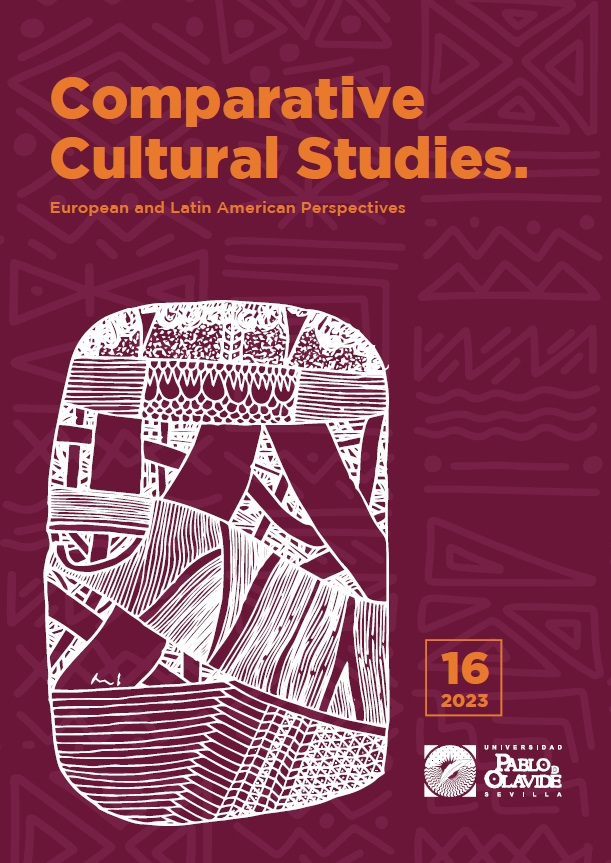The waltzes for piano by Chiquinha Gonzaga
a pedagogical overview
DOI:
https://doi.org/10.46661/ccselap-14291Keywords:
Piano pedagogy, Brazilian waltz, Pedagogical repertoire, Brazilian musicAbstract
This paper aims to investigate the waltzes for piano by Francisca Gonzaga to identify their main characteristics and the musical, technical, and reading challenges that piano students will encounter when practicing her pieces. All waltzes were performed, analyzed, and compared to pieces graded by Jane Magrath (1995) in order to be classified in a level of difficulty from one to ten. Here, their main characteristics are discussed and one waltz of each level is presented and analyzed as an example. It was observed that the levels of difficulty of Gonzaga’s waltzes range from six to ten and that they feature various technical and musical demands that can prepare students for a more advanced repertoire, such as pieces by Romantic composers. Chiquinha was an important female personality and her output deserves more recognition, not only for its historical importance and intrinsic quality but also for its pedagogical value. This paper intends to promote her works and stimulate piano teachers to include her pieces in the repertoire of their students.
Downloads
References
Almeida, A. Z. (1999). Verde e amarelo em preto e branco: as impressões do choro no piano brasileiro [Master's thesis]. Universidade Estadual de Campinas, Brasil.
Carpenter, H. (1958). Salon music in the mid-nineteenth century. Civil War History, 4(3), 291-299. https://doi.org/10.1353/cwh.1958.0032
Castagna, P. (2003). A música urbana se salão no século XIX . Apostila do curso dehistória da música brasileira IA/UNESP, (11), 1-12. Retrieved from https://www.academia.edu/1082767/
Citron, M. J. (1990). Gender, Professionalism and the Musical Canon. The Journal of Musicology, 8(1), 102-117. https://doi.org/10.2307/763525
Clark, F. (1992). Questions and Answers: Practical Advice for Piano Teachers (L. Goss., Ed.). Northfield, USA: The Instrumentalist Company.
Cohen, S. (1988). A obra pianística de Ernesto Nazareth: uma aplicação didática. [Master's Thesis] Universidade Federal do Rio de Janeiro, Brasil.
Diniz, E. (2009). Chiquinha Gonzaga: uma história de vida. Rio de Janeiro, Brazil: Zahar.
Gandelman, S. (1997). 36 Compositores brasileiros: obras para piano (1950-1988). Rio de Janeiro, Brazil: Funarte, Relume Dumará.
Gonzaga, C. Various Waltzes. Retrieved January 1st, 2022, from https://chiquinhagonzaga.com/acervo?
Gonzaga, C. Manuscripts. Retrieved January 1st, 2022, from https://acervos.ims.com.br/Jacobson, J. M. (2015). Professional Piano Teaching: a comprehensive piano pedagogy textbook, v.1 and v. 2. Van Nuys, USA: Alfred Music.
Kiefer, B. (1979). Música e Dança Popular: sua influência na música erudita. Porto Alegre, Brazil: Editora Movimento.
Koenen, R. (2010). Guide to the levels of difficulty. Retrieved December 28, 2021, from https://www.henle.de/en/about-us/levels-of-difficulty-piano/.
Magrath, J. (2017). Choosing Piano Repertoire for Your Students. Alfred Music Blog.Retrieved December 28, 2021, from https://alfredledgerlines.wordpress.com/ 2017/05/27/selecting-the-right-repertoire- for-your-piano-students/.
Magrath, J. (1995). The Pianist's Guide to Standard Teaching and Performing Literature. Los Angeles, USA: Alfred Music
Moore, T. (2000). A Visit to Pianopolis: Brazilian Music for Piano at the Biblioteca Alberto Nepomuceno. Notes, 57 (1), 59-87. https://doi.org/10.1353/not.2000.0041
Peres, Talitha. (1995). Os Tangos para Piano de Chiquinha Gonzaga: uma análise descritiva [Master's Thesis]. Conservatório Brasileiro de Música, Brasil.
Preda-Schimek, H. (2009). Music in the Salons of Central and South-Eastern Europe: Preliminary Considerations for Cross-Regional Research. In R. Staneviciute & L.
Navickaite-Martinelli (Eds.), Poetics and Politics of Place in Music: Proceedings from the 40th Baltic Musicological Conference (pp.217-228). Lithuanian Composers' Union, Vilnius, UMweb Pulications, Helsinki.
Reis, F. C. C. V. (2012). O Idiomático de Francisco Mignone nas 12 Valsas de Esquina e 12Valsas-Choro. [Doctoral Dissertation]. Universidade de São Paulo, Brasil.
Swartz, A. (1985). Maria Szymanowska and the Salon Music of the Early Nineteenth-Century. The Polish Review, 30 (1), 43-58.
Downloads
Published
How to Cite
Issue
Section
License
Copyright (c) 2023 Ana Paula M. Simões

This work is licensed under a Creative Commons Attribution 4.0 International License.
This licence allows third parties to share (copy and redistribute the material in any medium or format) and adapt (remix, transform and create from the material for any purpose, including commercial purposes), provided that authorship and first publication in this journal (The Journal, DOI of the work) is acknowledged, a link to the licence is provided, and it is stated whether changes have been made to the work.







